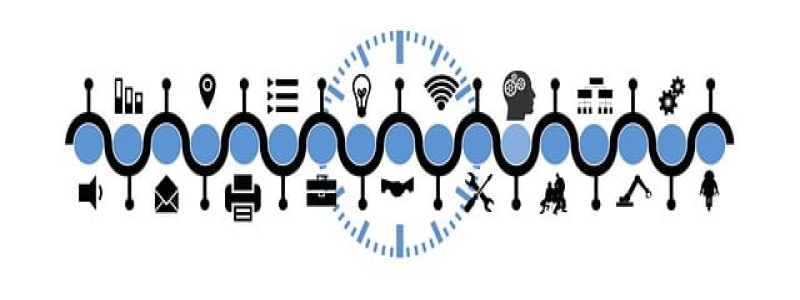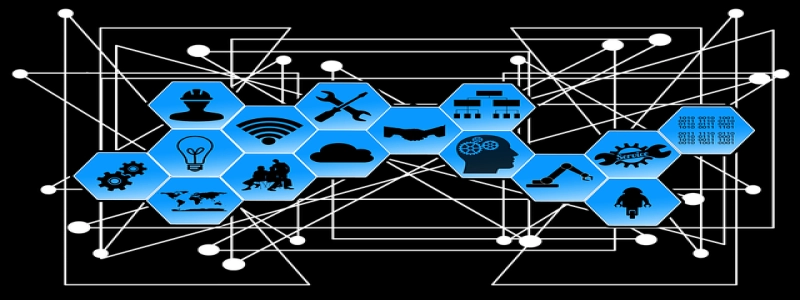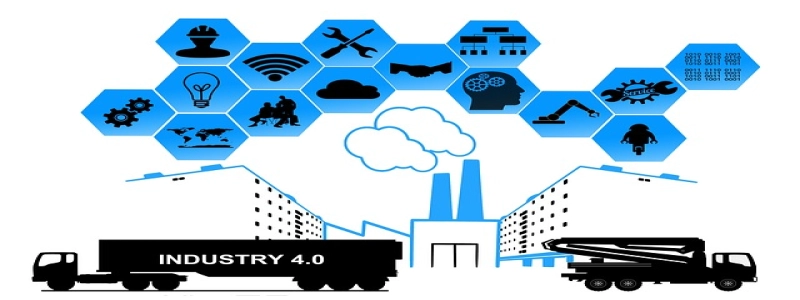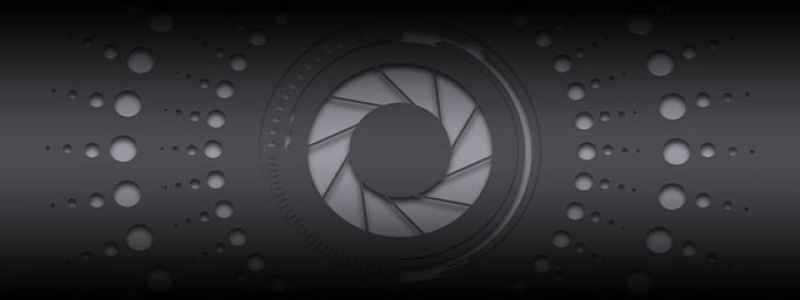Title: Two Strand Fiber Optic Cable
Introduction:
The world of communication infrastructure has witnessed significant advancements in recent years, with fiber optic cables emerging as a highly efficient and reliable means of transmitting data. One particular type of fiber optic cable that has gained significant popularity is the two-strand fiber optic cable. In this article, we will explore the construction, working principles, and advantages of two-strand fiber optic cables.
I. Definition and Construction of Two-Strand Fiber Optic Cable
A. Definition: Two-strand fiber optic cable refers to a type of optical cable that contains two strands or fibers through which data signals are transmitted.
B. Construction: Two-strand fiber optic cables consist of two separate optical fibers, each surrounded by cladding and a protective outer sheath.
II. Working Principles of Two-Strand Fiber Optic Cable
A. Light Transmission: Data signals are converted into light signals and transmitted through the two strands of the fiber optic cable.
B. Total Internal Reflection: The light signals travel through the core of the fiber optic cable due to total internal reflection, ensuring minimal signal loss and distortion.
C. Single-Mode vs. Multi-Mode: Two-strand fiber optic cables can be single-mode or multi-mode, depending on the type of applications they are used for.
III. Advantages of Two-Strand Fiber Optic Cable
A. Increased Bandwidth: Two-strand fiber optic cables offer a significantly higher bandwidth compared to traditional copper cables, allowing for faster and more reliable data transmission.
B. Longer Distances: The use of two-strand fiber optic cables allows for data transmission over longer distances without any degradation in signal quality.
C. Immunity to Interference: Two-strand fiber optic cables are highly immune to electromagnetic interference, ensuring uninterrupted data transmission even in electrically noisy environments.
D. Higher Security: Fiber optic cables do not radiate any signals, making them extremely secure against eavesdropping and tapping.
E. Scalability: Two-strand fiber optic cables can easily be expanded or upgraded to accommodate higher data transmission rates as technology advances.
Conclusion:
Two-strand fiber optic cables provide a robust and efficient solution for data transmission in various industries including telecommunications, data centers, and internet service providers. These cables offer numerous advantages such as increased bandwidth, longer transmission distances, immunity to interference, higher security, and scalability. As the demand for faster and more reliable communication continues to grow, two-strand fiber optic cables remain at the forefront of providing efficient data transmission solutions.








